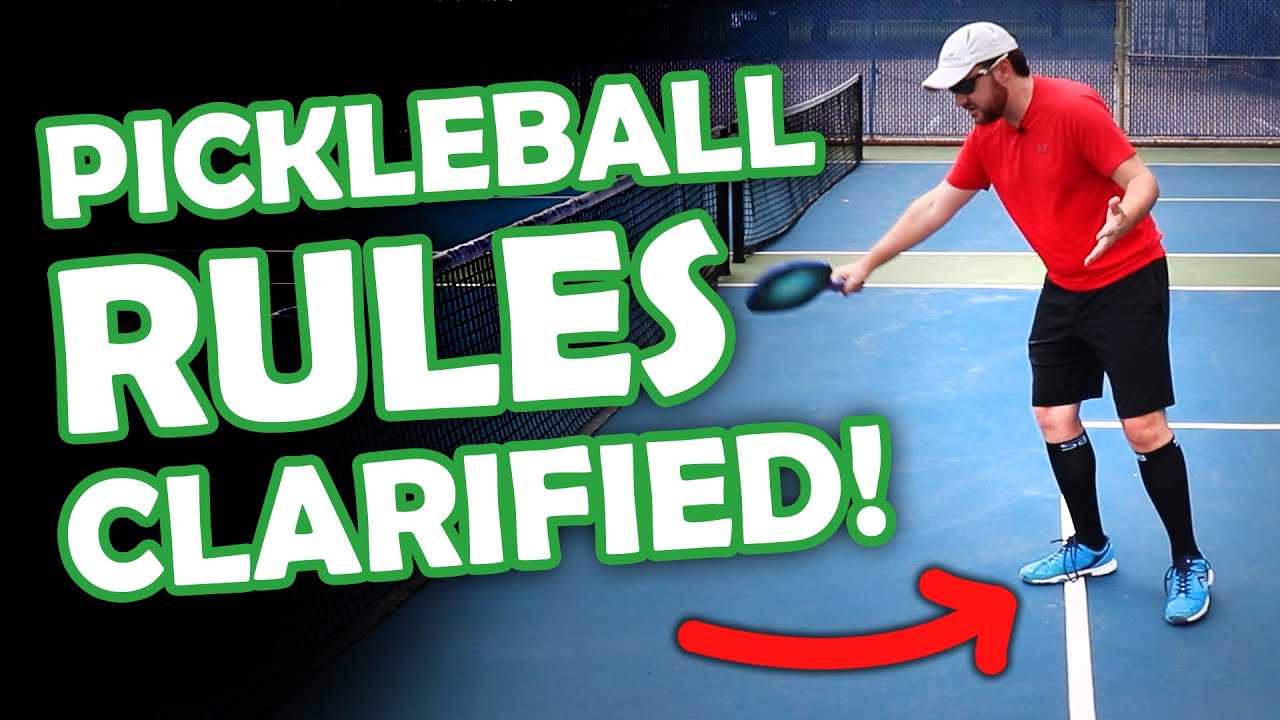
Paddle ball, or "Padel", is a game played between two teams on a court that is a combination of a tennis and Ping-Pong court. You can play indoors and outdoors. The USA Pickleball Association regulates and the game is quickly becoming popular in Europe & Asia. There are more than 3,000 courts worldwide with players from all over the world.
Light colored clothing is required for the game. Players should also wear a safety wrap around their wrists. The thong must be secured to the paddle's handle. The player may not switch the paddle between his hand and his body. The player must use both of his hands to strike the ball.
The game can be played up to 11 or 15 point. A point is scored by the serving side only when it serves an ace, or when it wins a rally. Points can be lost if a teammate hits the ball and doesn't return it. If the ball gets hit by any foreign object, the play will be stopped and the ball replayed. In some cases, the referee will stop the play.

Play begins with the tossing of a coin. The coin will be used to determine which team serves first. The coin toss winner has the option to accept or reject the offer. Once the coin toss is decided, the server has to stand in a service zone for at least one minute. The second server will take the serve after the first team has lost a point.
After the server serves, the opponent must call a block or safety. These calls can indicate fear of injury, or that the opponent is in danger. If an opponent blocks the ball's path, they must be moved. But the opponent cannot prevent the striker from moving. Alternately, if an opponent moves in the striker's direction, the striker may move to stop them from blocking the shot.
Players must strike the ball with a solid or textured paddle. The ball bounce can be affected by the size of the paddle. Some players use an unbroken paddle, while others use a strung-racquet. The player should allow the ball to bounce before they start volleying.
A player should not allow the ball to touch their body during a rally. A player who strikes the ball using a textured paddle cannot use their hand or push against the opponent's shot. You can also use your arm to push your opponent, but that must be a legal hit.

In a tournament, a referee is required. The referee must remain above the back wall of court, unless an opponent is injured. The referee should be able see all sides of the court from his position.
If a player is unable continue play, it will be immediately suspended for fifteen minutes. If the server is incapacitated, a second player may be summoned to take over.
FAQ
Is it safe to exercise in cold weather?
It's a good idea to exercise outside as often as possible. You can exercise outside regardless of the weather. Wind speed, humidity, precipitation, and visibility also play a role. If you exercise outdoors in inclement weather, wear layers of clothing that protect you from wind chill and rain.
Can I eat during my exercise?
Yes. Yes. You can eat whatever you want while you exercise. Low-calorie snacks like watermelon and carrots, celery apples, bananas, grapes, celery, celery, celery, celery, celery, apple, bananas, and carrots are best. These foods contain nutrients that help you perform better during workouts.
Do I need food before I exercise?
No. It doesn't matter what you eat before going to the gym. It is possible to snack on yogurt or fruit if you are hungry after your workout.
Can I exercise after eating?
It depends on the exercise you do. Avoid strenuous activities after meals because they can cause stomach cramps. Light aerobic activities, such as walking or biking, are better.
Statistics
- Globally, 81% of adolescents aged 11-17 years were insufficiently physically active in 2016. (who.int)
- According to the Centers for Disease Control and Prevention, chronic diseases cause 7 out of 10 deaths in the U.S., and treating chronic diseases accounts for 86% of U.S. healthcare costs. (mana.md)
- In high-income countries, 26% of men and 35% of women were insufficiently physically active, as compared to 12% of men and 24% of women in low-income countries. (who.int)
- In 2018, the World Health Assembly agreed on a global target to reduce physical inactivity by 15% by 2030 and align with the Sustainable Development Goals. (who.int)
External Links
How To
How to Keep Fit during Pregnancy
When you're pregnant, your body undergoes many changes. Your metabolism slows down and your body eats less as you have a baby. Lack of sleep could make you feel sick. You can still enjoy this time of life, but you can stay healthy.
Before starting any exercise regimen, it's important to check with your doctor. You can have them tell you which exercises to avoid and which ones you can safely do. Also, ensure you eat well all through your pregnancy. This means eating lots of protein, fiber and iron. Third, make sure to drink plenty of fluids. Since sweat causes fluid loss, it is especially important that you drink water while you exercise. Also, care for your feet. You should always keep your feet dry, and wear shoes that provide support. Morning sickness can be caused by eating small amounts of bread or crackers before you get out of bed. It could lead to nausea.
-
Take care of your health. A healthy diet is vital throughout pregnancy.
-
Stay active. At least 30 minutes of exercise daily
-
Keep a healthy weight Losing weight can be achieved by eating smaller meals and snacking more often.
-
Get enough sleep. You should aim for 7-9 hours sleep every night.
-
Manage Stress. Learn relaxation techniques.
-
Avoid Alcohol. It can cause miscarriage as well as birth defects.
-
Be gentle with yourself. Don't push yourself too hard.
-
Take Care of Yourself. You can have someone look in on you if necessary.
-
Relax. Do things that make you happy.